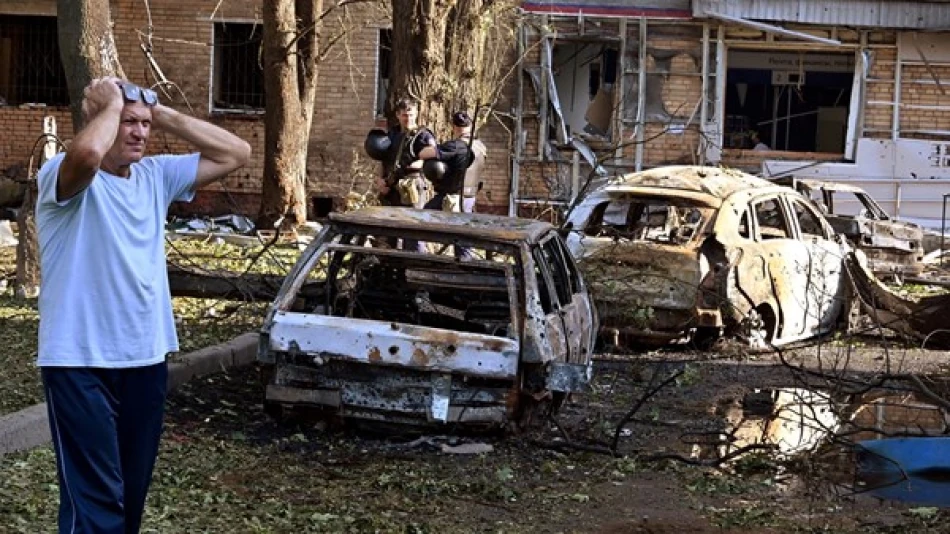
Deadly Drone Strikes Hit Russia, Sparking Controversy and International Attention
Ukraine Escalates Cross-Border Drone Campaign as Russian Defenses Show Cracks
Ukrainian drone strikes killed three civilians across two Russian border regions on Saturday, marking another deadly escalation in Kyiv's increasingly aggressive cross-border campaign. The attacks on Kursk and Rostov regions, combined with Russia's admission of intercepting 54 drones in a single day, signal Ukraine's growing capability to project force deep into Russian territory—a development that could reshape Moscow's strategic calculations.
Border Regions Under Fire
In Russia's Kursk region, a civilian died when a Ukrainian drone struck near a village club in Obyesta, just five kilometers from the Ukrainian border. Regional Governor Alexander Hinshtein confirmed the attack via Telegram, highlighting the vulnerability of Russian border communities to Ukraine's expanding drone warfare.
The southern Rostov region suffered heavier casualties, with two people killed when a drone attack ignited a vehicle in the Zimovnikovsky district. Governor Yuri Slyusar reported that falling drone debris also severed power lines, leaving a row of houses without electricity—demonstrating how these strikes disrupt civilian infrastructure beyond their immediate targets.
Russia's Air Defense Under Strain
Russia's Defense Ministry claimed its air defense systems destroyed 54 drones on Saturday alone, with 24 intercepted over the Bryansk region. While Moscow presents these figures as evidence of defensive success, the sheer volume suggests Ukraine is overwhelming Russian air defenses through saturation tactics—a strategy that mirrors how Israel's Iron Dome faces challenges during intense rocket barrages.
The fact that multiple drones penetrated Russian airspace to cause civilian casualties indicates significant gaps in Moscow's defensive umbrella, particularly along the extensive Ukrainian border.
Strategic Implications for the Conflict
Ukraine's drone campaign represents a fundamental shift from defensive operations to offensive strikes on Russian soil. This mirrors Israel's approach of taking the fight to enemy territory, but carries higher risks given Russia's nuclear capabilities and stated red lines about attacks on its homeland.
For Moscow, these strikes create a domestic political problem. Russian citizens in border regions increasingly question why their government cannot protect them, potentially eroding support for the war. This civilian pressure could force Russia to divert air defense resources from Ukraine back to protecting its own territory.
Technological Warfare Evolution
The sustained drone operations demonstrate Ukraine's success in developing indigenous drone capabilities, likely supplemented by Western intelligence and components. Unlike expensive cruise missiles, drones offer a cost-effective way to maintain pressure on Russian territory while conserving more sophisticated weapons for high-value targets.
Russia's struggle to counter these relatively simple weapons exposes weaknesses in air defense systems designed primarily for conventional aircraft and ballistic missiles. This technological gap could influence future military procurement decisions globally, as nations reassess their defensive priorities in an era of asymmetric drone warfare.
 Layla Al Mansoori
Layla Al Mansoori







